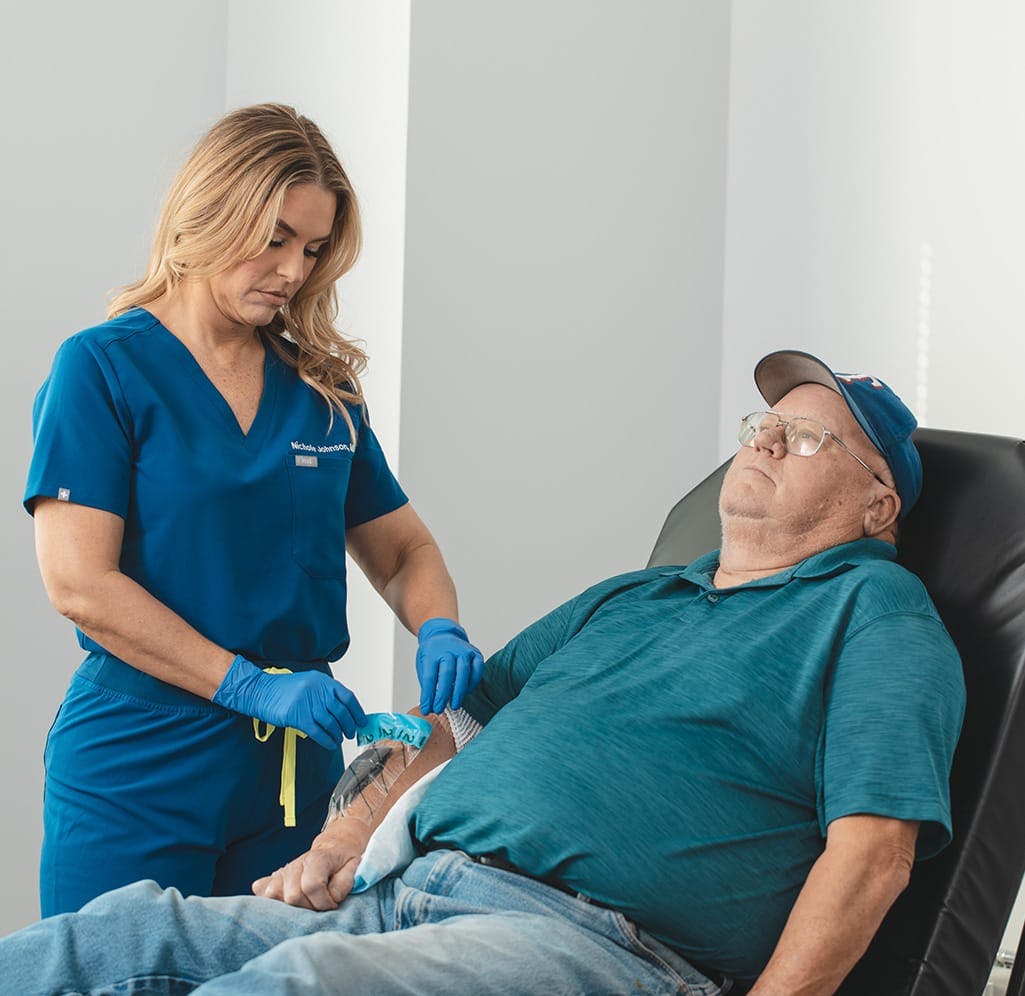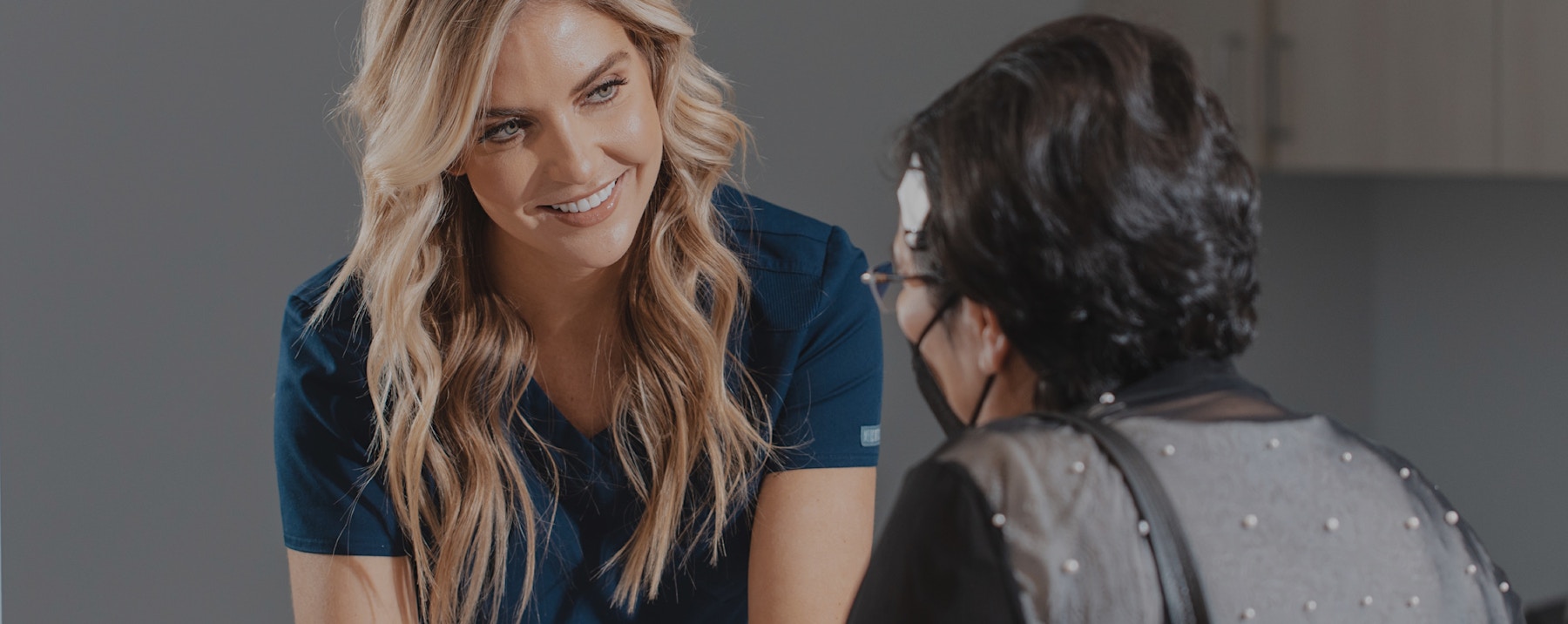Atypical wounds can be some of the most challenging to diagnose and treat. They account for at least 20% of all wounds and may even be more common. These types of wounds require a highly-trained provider for proper diagnosis and comprehensive treatment plan. At Wound Evolution, our wound treatment experts can address atypical wounds and help you find lasting relief.

What Is an Atypical Wound?
An atypical wound is understood to be any wound that does not fall into one of the primary non-healing wound categories. These categories include mixed or diabetic foot ulcers, pressure wounds, venous, or arterial wounds. Atypical wounds can be caused by inflammation, infection, chronic illnesses, or genetic disorders.



How Do You Spot an Atypical Wound?
While this can vary from patient to patient, some of the ways an atypical wound is spotted include:
- Abnormal appearance
- Abnormal location
- Pain not proportional to the size of the wound
- The wound does not heal within 4 to 12 weeks with treatment
Because these parameters are not exact, it is important to have a trained provider review any wound you suspect may be atypical.
How Are Atypical Wounds Treated?
Your atypical wound treatment will be personalized to the nature of the wound, progression, and severity. At Wound Evolution, you will be given a tailor-made treatment plan that utilizes our state-of-the-art treatments. In some cases, a combination of therapies may be used. Some of the treatments offered at Wound Evolution include:
- Compression therapy
- Wound cleaning
- Wound debridement
- Infection control
- Specialized dressings
- Bioengineered skin grafts
- Hyperbaric oxygen therapy
Compression therapy could be an essential part of your treatment if you are not experiencing an active infection. Pressure stockings used in compression therapy can prevent blood reflux, decrease fluid leakage, control edema, and slow the progression of any underlying disease.




